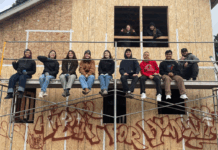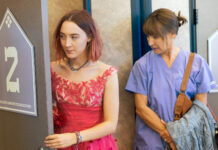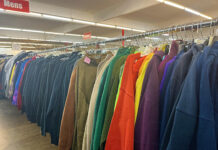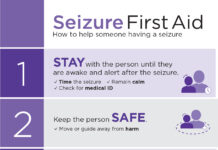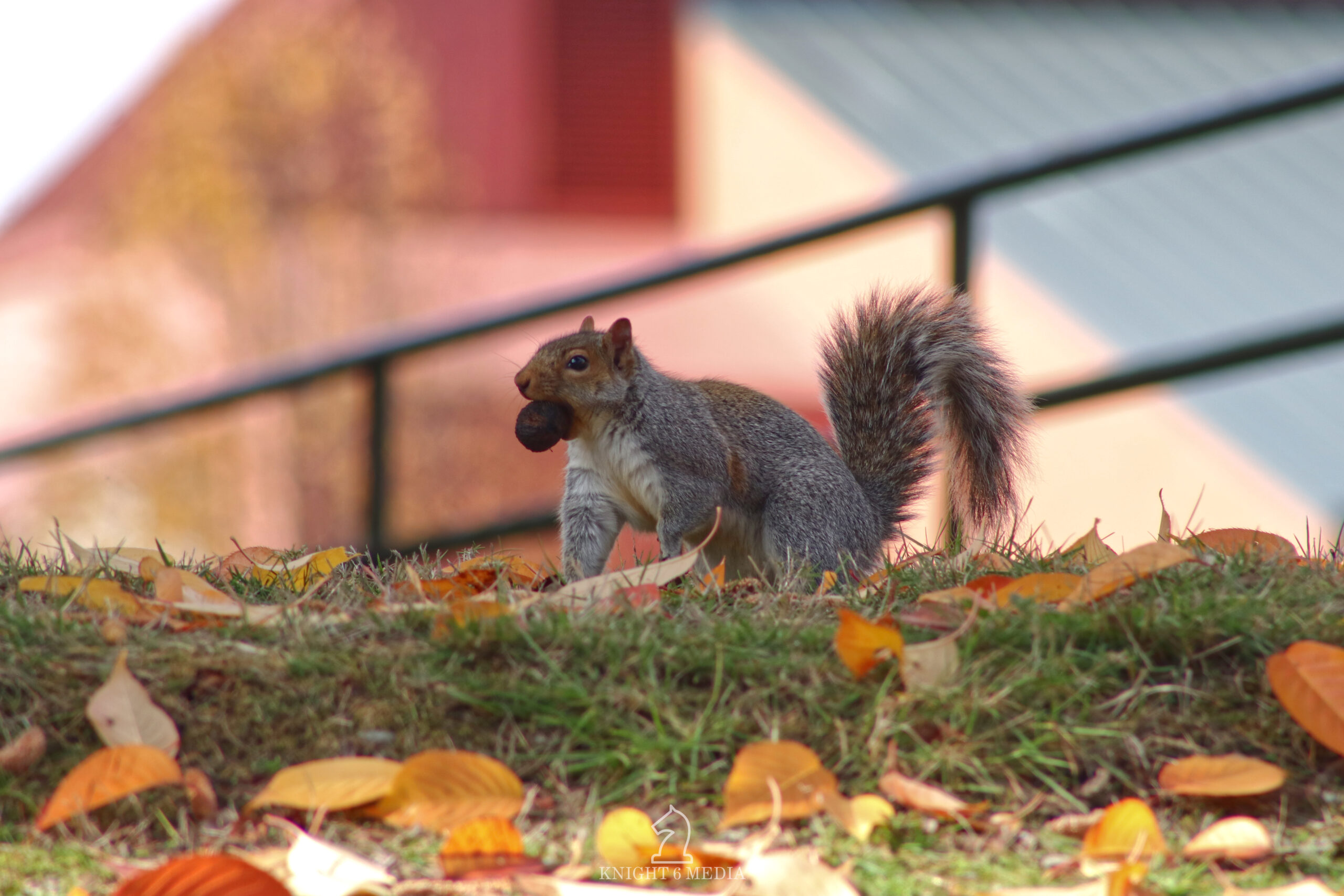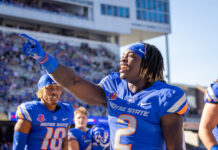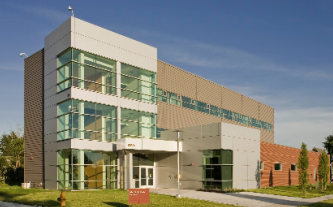In the deep unknown of the Campus Safety (CSAF) website lies PLUs List of Trespassed Individuals. The list, which can only be accessed with a PLU ePass, is a compilation of individuals who are unable to enter university grounds due to misconduct on campus.
A list like this is pretty intense, let’s be honest. When I first saw the words ‘List of Trespassed Individuals,’ I quite literally got wide-eyed. The daunting name sparked my interest, not only as a student but as a community member.
I wrote to CSAF Director José Curiel Morelos on how the List of Trespassed Individuals operates, to which he replied “the process … typically involves violating PLU property rules or engaging in behavior deemed unacceptable by the University.” Morelos elaborated, saying “this could include trespassing, vandalism, theft, or disruptive conduct. The course of repeated violations will place you on the list,” and mentioned that violators first receive a warning from CSAF staff about their behavior. The staff informs individuals that if the behavior continues, they will be placed on the List of Trespassed Individuals, therefore prohibiting them from campus.
A key aspect of the list is that it hosts a variety of “trespassers,” regardless of age or severity of behavior. Both adults and minors can be listed, with the individual’s first and last name, photo, and date of misconduct provided. The list discloses that not all names have photos. Notably, if the individual is under the age of 18, no photo is provided. “The incidents with varying severity can be considered on the same level of concern on the list if they share common elements such as the potential risk, impact on safety, or violation of specific rules or policies set by the University,” stated Morelos.
As someone who works closely with Parkland youth, my mind immediately went to how this list portrays them. Morelos stated that “CSAF has established positive relationships with Keithley Middle School and Washington High School administration and collaborates to reinforce appropriate interactions and address and mitigate undesirable behavior among students on campus.” Among those reinforcement techniques include CSAF staff “…communicat[ing] when there is continued contact with their students due to behavior before we move to a trespass. This is in hope that the principals can have a conversation with their student and set expectations while on PLU property.”
The intention behind the list is not bad. Morelos states that, “the list also helps communicate to the community and the youth that the university takes safety and security seriously…[and] signals that the university is proactive in addressing misconduct and maintaining a positive environment for all.” What CSAF is doing here is a wonderful approach to keeping students, staff, and faculty safe on campus. In fact, I appreciate the use of a controlled log to keep these events organized and updated.
The issue with this list, however, is that it is subsequently doing the opposite of its purpose. The list does not state the severity of an individual’s infractions, leaving readers unsure of what really is happening. From a privacy standpoint, it makes sense. We don’t need to know every detail of the events that occurred, nor do the individuals involved deserve to have their wrongdoings plastered for everyone to see. I get that CSAF doesn’t want to disclose everything, but there could at least be some distinction between infraction severity. This could include making a category for each of the four infractions listed (trespassing, vandalism, theft, or disruptive conduct) and placing individuals into the categories where appropriate. This allows for the PLU community to understand the infractions better, and to see what types of infractions are most common on campus.
Another component of the list that should be revised is separating adults and minors from each other. It is not right to compare the individual who sexually assaulted students in South Hall last May to high school students trespassing in OMM. Think about the message this sends to the Parkland youth. Imagine, you come to PLU after school to do something other than going home, and you end up being prohibited from campus. Your neighborhood college is explicitly telling you that you are not welcome here. I wouldn’t think very highly of PLU after that.
And, what about the Parkland youths whose only chance at a college education is going to PLU? Our university may be the only source of an academic future that these students see.We have to pay as much attention to the future Lutes of Parkland as we do to all the other schools we promote to. Let’s not disenfranchise our kids from an opportunity right in front of them by showcasing them in negative settings.
PLU does provide a space for youth events, however, and offers a free K-12 tutoring program through the Parkland Literacy Center. But when you have a list like this which holds numerous minors from campus, PLU’s attempt to bridge the gap between themselves and the Parkland community becomes muddy.
Give the youth of Parkland a positive reason to be at PLU. They don’t have anywhere to go. They don’t have a community center. They’re left to explore our campus at random. Maybe they wouldn’t trespass if they felt like that had a place in this vital piece of the Parkland community.

